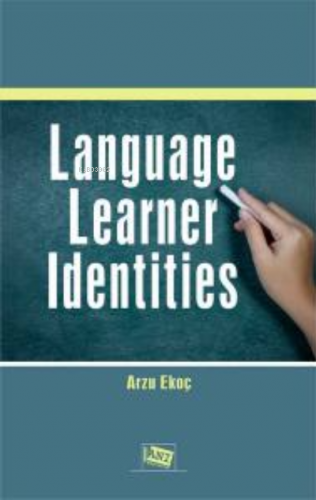9786051704593
589029

https://www.sehadetkitap.com/urun/language-learner-identities
Language Learner Identities
182.88
In parallel to the effect of globalization and the status of English as a lingua franca, there have been new discussions about the place of self and identity in L2 learning. As Merchant (2005, p. 301) puts it, “we inhabit a social world in which identity is complex, no longer closely tied to place and territory, delineated by nationhood, nor simply created, as psychology suggests, through acts of identification”. Instead, it is produced by action and performance. In other words, the idea of doing identity and performing identity has become salient (Ivanic, 2006). This idea suggests a way of looking at identity as a move away from fixed identities as we are endlessly engaged in twisting, moulding and redefining our identities.In the 21 st century, there has been a growing recognition in the field of English language teaching (ELT) that language learners' multiple identities have a considerable impact on the process of language learning as learning environments have become linguistically and culturally diverse more than ever (MenardWarwick, 2005). What is more, patterns of communication are changing. A growing number of education professionals admit that classroom practices, teaching and learning have been dramatically affected by the use of new technologies. There is a reconfiguration between changing modes of communication and our social world. Thus, language users are getting involved in digital networks. In light of these changes, today, the concept of identity is considered to be an important issue in exploring the processes involved in second language acquisition (SLA).
In parallel to the effect of globalization and the status of English as a lingua franca, there have been new discussions about the place of self and identity in L2 learning. As Merchant (2005, p. 301) puts it, “we inhabit a social world in which identity is complex, no longer closely tied to place and territory, delineated by nationhood, nor simply created, as psychology suggests, through acts of identification”. Instead, it is produced by action and performance. In other words, the idea of doing identity and performing identity has become salient (Ivanic, 2006). This idea suggests a way of looking at identity as a move away from fixed identities as we are endlessly engaged in twisting, moulding and redefining our identities.In the 21 st century, there has been a growing recognition in the field of English language teaching (ELT) that language learners' multiple identities have a considerable impact on the process of language learning as learning environments have become linguistically and culturally diverse more than ever (MenardWarwick, 2005). What is more, patterns of communication are changing. A growing number of education professionals admit that classroom practices, teaching and learning have been dramatically affected by the use of new technologies. There is a reconfiguration between changing modes of communication and our social world. Thus, language users are getting involved in digital networks. In light of these changes, today, the concept of identity is considered to be an important issue in exploring the processes involved in second language acquisition (SLA).
Yorum yaz
Bu kitabı henüz kimse eleştirmemiş.










